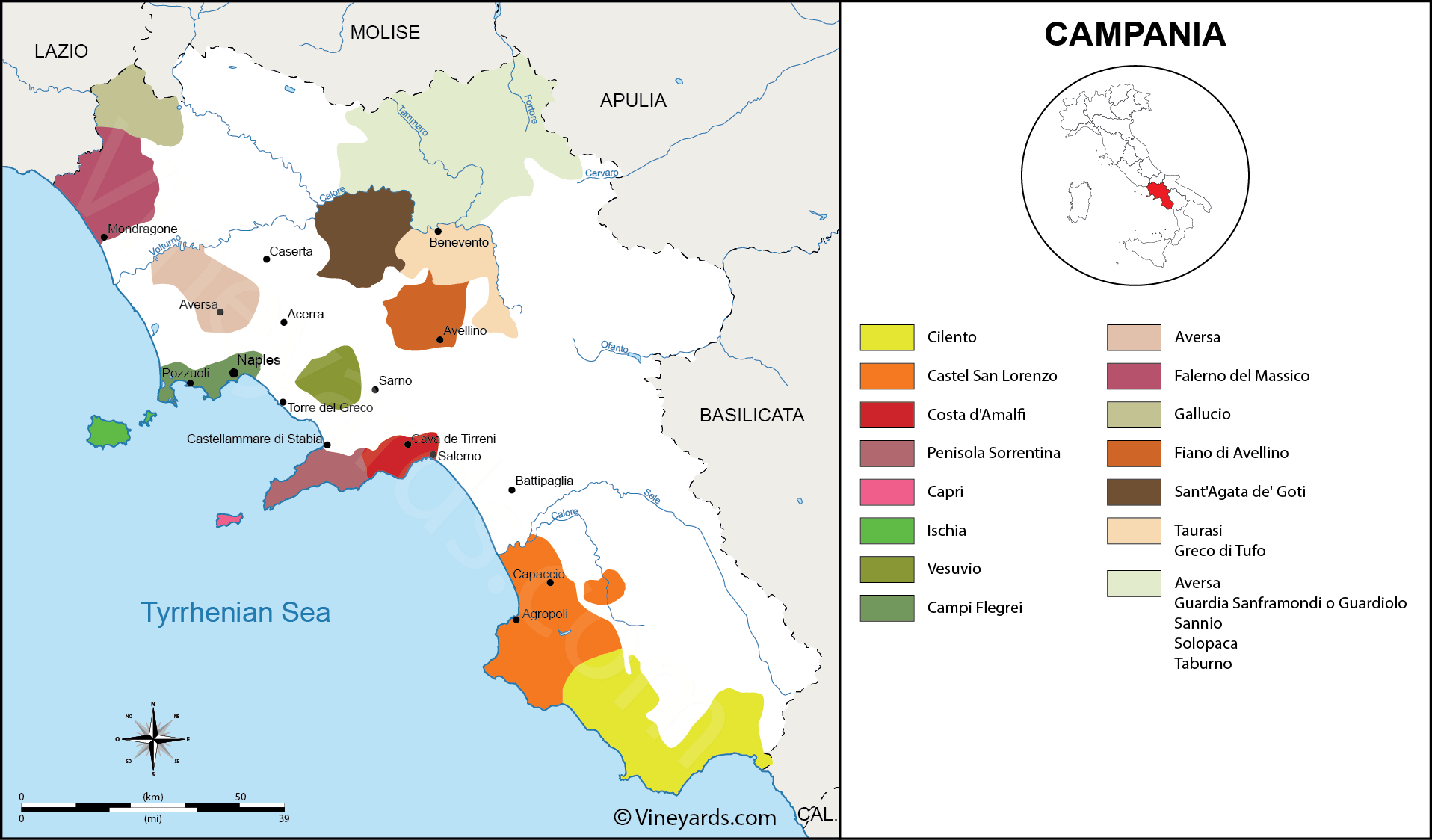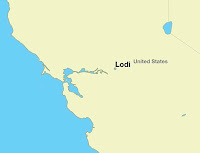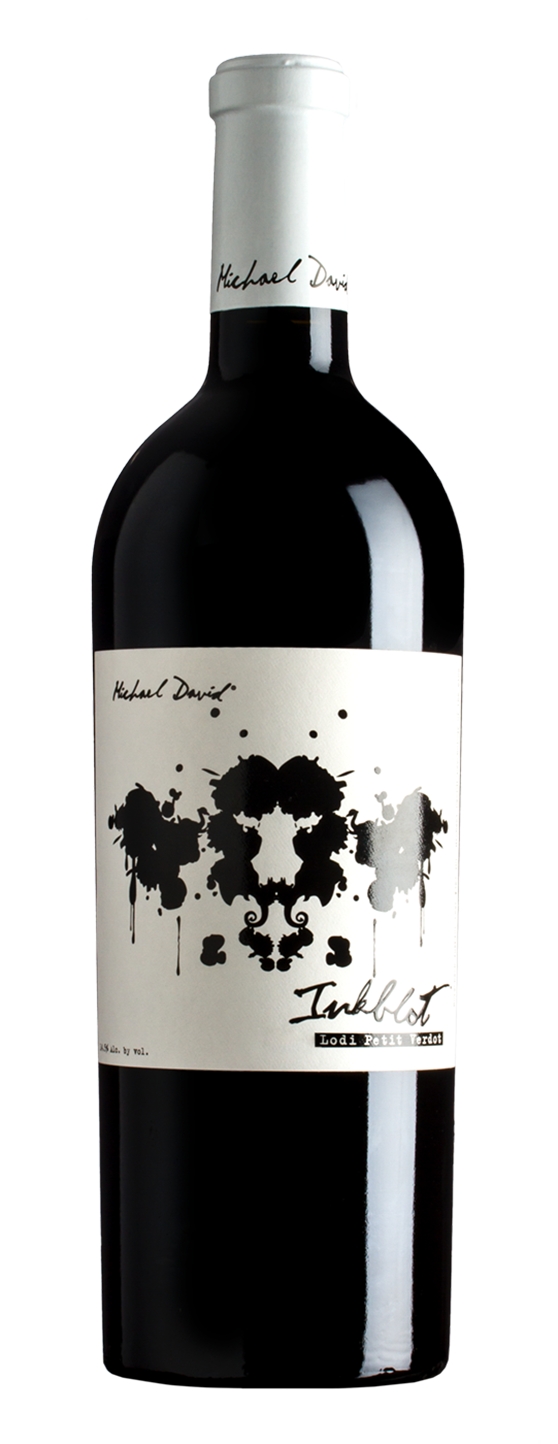My dear Wineaux: my annual “Top 20 Under $20” is so popular (thank you!) I’ve been pondering for a few years now to stretch the budget to $25. Merely because there are SO many extraordinary gems in the $20-25 range, and, frankly, if you’re gonna drop $18, 19, 20 on a wine, a few more bucks is NOTHING, amiright?It’s all about the value, whether it’s five or twenty-five, so enjoy this expanded edition. Tell me what you think about these wines, and if you find other budget-loving faves!
BUBBLY:
2014 Cerro Chapeu Sust Brut Nature, Uruguay
Folks, Uruguay is where it’s AT! Wines from this South American country are exponentially rising in quality. Take this floral, yeasty, citrus, tropical, exotic fruit-ed sparkler from 70% Chardonnay and 30% Pinot Noir. It spent 36 months on the lees. Dense and herby, this is refreshing and concentrated. What an eye-opener! ~$22
This is a Pètillant Naturel from Bordeaux, which makes it kind of a unicorn. (I could put it under "orange" below, but its zesty froth seems bubblier than usual for a Pèt-Nat, so here it goes!) Melon, orange rind, ginger ale, great presence and quaffability, just really tasty, and I could probably suck down the bottle in one minute. ~$22
NV Jacqueline Leonne Rosé Methode Champenoise, New Mexico
From the folks at Gruet, this is another New Mexican bubbly direct to Total Wine. This rosé is elegant, with attractive flavors of strawberry, lime, and herbs. Great value! Slurp this one up all year round, but especially in summer. ~$17
NV Cleto Chiarli Pruno Nero Lambrusco, Italy
I love a Lambrusco; gone are the days of those sicky-sweet red sparklers from central Italy. This is dry, relatively low alcohol (11%,) with velvety blackberry jam, violets, and a pleasant mossy dirt scenario. Totally quaffable, refreshing, and delish. Yummers! ~$17
WHITE:
2018 Garzón Albariño Reserva, Uruguay
Yup, another Uruguayan wine made the list. Spain’s Albariño really shines here, with dusty florals, light white peach, chewy stone fruit in the mouth, and a grippy texture from a little oak contact. Interesting wine, with a great, balanced length. This winery only started in 2009 and is already a standard-bearer. Watch out! ~$17
2017 Trapiche Costa & Pampa Albariño, Argentina
Look at this: another Albariño NOT from Spain! Trapiche is the leading wine-making group in Argentina, but that doesn’t mean this is mass-market at all. Basket of mountain flowers, tart green fruit, but really cheeky and nice, plus its juicy, steely acid keeps it driving. Whiff of petrol, some salinity. Delish. ~$20
2018 Ch. Peybonhomme Les Tours Le Blanc Bonhomme Blaye Ct. du Bdx, France
(I just realized that Peybonhomme has TWO wines that cracked the list, I don’t think that’s ever happened before! Bravo, team.) 50-50 Sauvignon Blanc/Semillon. Interesting nose! Pear, almost oxidized/sherry thing. This sees some barrel fermentation, which adds a creamy/honeyed character. Nice weight, still light and fresh but different personality. Kind of love this! Long finish. Great value at ~$14.
2014 Vini Mura “Sienda” Vermentino di Gallura Superiore DOCG, Sardinia
 (Ok, including this is NOT fair because I sampled one of the last FOUR bottles left of this wine in the world, sorrynotsorry. But it was just tops, and maybe you’ll run into one of its relatives!!) Yellow and white flowers, whiff of petrol, weighty, textured, like a sun-baked afternoon on the beach. Spicy finish. Solid acid and light tannins from oak aging and 15 days skin contact. Creamy, heady. Delish. Love. ~$20
(Ok, including this is NOT fair because I sampled one of the last FOUR bottles left of this wine in the world, sorrynotsorry. But it was just tops, and maybe you’ll run into one of its relatives!!) Yellow and white flowers, whiff of petrol, weighty, textured, like a sun-baked afternoon on the beach. Spicy finish. Solid acid and light tannins from oak aging and 15 days skin contact. Creamy, heady. Delish. Love. ~$20
2018 Bodegas Etchart Cafayate Gran Linaje Torrontés, Argentina
More deliciousness from Argentina, here from the oldest operating winery in Cafayate, and the country’s “signature” white grape. Very pale, water-white color. Gewurztraminer-like nose, with its super-aromatic rose petals. Nice grip and weight, good tang. Floral and little bitter, but really super-duper tasty! ~$25
2018 Contra Soarda Vespaiolo, Veneto Italy
Cool indigenous variety of Veneto in NE Italy; named for the wasps (“vespa”) that would feed on the ripe grapes. This old variety used to make sun-dried-grape “Passito” wines, now its modern table wines are really compelling; bruised pear, overripe peach, barnyardy funk, like an ugly-sexy Mick Jagger in a glass. Fans of Grüner Veltiner will be interested. ~$20
ORANGE:
I don’t order the list anymore, but if I did, this would probably be my #1. I always love an orange wine (which is really just a white wine with skin contact, so they tend to have an orange-ish hue, plus tannins from the time on skins.) But this one’s just special all-around: it is 1) slightly sparkling 2) skin-contact 3) from indigenous Greek grapes 4) that has a hint of sweetness. Whaat? That little residual sugar balances the bitterness gorgeously, and the slight fizz and festive fruit make a party in your mouth. The value can’t be beat, and I’ve yet to meet a person who didn’t fall in love with this wacky yet approachable gem. ~$13/500ml
ROSÉ:
2018 Muri Gries Lagrein Rosato, Italy
From Alto Adige in northeastern Italy, this wine proves that rosé is not just for summer! It’s bright pinky-red and is bursting with red cherry-berry fruit, fresh florals, plus savory herbs, salinity, and a hint of balsamic. It is so tasty you should probably just go ahead and get two bottles because it’ll be gone before you know it. ~$16
Lodi is the region of 100 grapes. Truth! Pretty much any grape grows stunningly there, and Aglianico of southern Italy is no exception. The deep garnet-y pink hue of this wine may turn off some used to the paleness of Provence rosés, but Aglianico is a thick-skinned, dark grape variety so it makes a powerful rosé! No wimps allowed here, with super SHPICY rose petals and raspberry-strawberry fruit. Yum. ~$20
2018 Amity Vineyards White Pinot Noir, Oregon
I put this as a rosé though they call it “white,” but, to me, a white wine from red grapes is “rosé,” but let’s not worry about semantics! Oregon is a perfect home for Pinot Noir, and this is made from some of the oldest vines in the state. There is white peach, underripe strawberry, and also lush tropical fruit (melon, pineapple,) with a tangy salinity to balance it. Tasty and intriguing. ~$23
2018 Channing Daughters Rosato of Cabernet Franc, New York
Ironically, I’m out on Long Island as I put the finishing touches on this post, and here’s a wine from a stone’s throw away! I typically love Channing Daughters wines, and this pale pink rosé of Cab Franc is elegant and floral-perfumey with pink grapefruit, spiced watermelon, and a minerally underlayer. Num, num, num. ~$17
2018 Pascal & Nicolas Reverdy Sancerre Rosé Maimbray, Loire France
From France’s Loire Valley, touted as a blanc de noir still wine, this is tart yet juicy, with a pleasant whiff of smoke, berries with herbs, ooh, just tightly wound fruit wrapped in a lightly tannic and fresh acidic embrace, with a grippy, nicely balanced finish. ~$22
RED:
This Garnacha from Spain is simply amaze. Blueberries and ripe blackberries JUMP out of the glass, with a nice brambly funk to balance the fruit. Add Dr. Pepper, milk chocolate, bushels of lavender and violets, and a firmly present but not overbearing structure, and I couldn’t keep my hands offa this. Garnacha can get alky, but while this wine’s 15% alcohol is up there, it doesn’t feel “hot” or put you to sleep. Fruit-lovers will faint. YUMMERS. ~$22
2017 Domaine D’Andezon Côtes du Rhône Unfiltered, France
This Southern France Syrah-based red blend is teeming with blackberry, dark plum, and blueberry fruit, bushels of purple flowers, a hint of dark chocolate, and some rock dust minerality. It’s powerful, but also tempered by its lifting acidity and excellently balanced tannins. The finish goes on and on. And on! ~$14
2017 FP by Filipa Pato Baga, Bairrada Portugal
Really interesting nose of smoke, chalk, mocha, purple flowers and lavender, lil’ barnyard funk... but juicy-tangy and fresh in the mouth, very quaffable, purple-y cheekiness but subtlety well-structured. (I botched a question about Portugal’s Baga grape on my very first wine exam, you know I won’t do that again!) ~$17
2016 Montes Alpha Carmenère, Colchagua Valley Chile
This Carmenère (a grape long-confused with Merlot,) from Chile is smoky and spicy with dense red fruit, aromatic lilac, mocha and dried herbs, but is smooth to drink, with balanced acid and soft tannins. Extra points cus it’s sustainably dry farmed (!) from a reputable producer who has an array of tasty wines (including the more $$ Purple Angel.) ~$21
Even though this is another Lodi wine, and I know global grapes shine there, I have never had a Pinotage NOT from South Africa, so I was understandably wary. Welp, color me pleasantly surprised! This was super-complex and gorgeously balanced; blueberry, mocha, violet florals, with tangy acidity and light, grippy tannins. Intriguing all around. ~$25
2015 Terras de Baco VR Alentejano, Portugal
From indigenous Portuguese grapes Trincadeira, Aragonez, and Castelão, this powerhouse has rich flavors of raspberry, mocha powder, blackberry, a little herb stem, and is tannic and HEAVY duty. For FIVE BUCKS. (See, this balances out the $25 ones!) Definitely needs meat/cheese, or it might knock you over. Wowzers. ~$5
Um, seriously, a killer 13-year old Bordeaux for around twenty bucks?!? Whaaaat? Gorgeous nose of lavender florals and spice box dust, with lush fruit on palate, and tannins that are smoothing out but still quite supportive. There are values to be found in Bordeaux, but it takes a lot to search them out; here is the needle in the haystack for sure! ~$21
2018 Alpha Crucis “Titan” Cabernet Sauvignon McLaren Vale, Australia
Yes, Australia and Shiraz are like Bert and Ernie or Mac and Cheese; they just go together. But when you branch out a bit, you can also find genius. This Oz Cab tastes like it cost two or three times as much, and delivers dark fruits, cedar, graphite, and violets. Dense and huge, but elegant. Not overly tannic but solid support; this is exactly why I stretched the budget this year! ~$25
2017 Raul Perez Bierzo Mencia Ultreia Saint Jacques, Spain
Mencia is a great grape for wine lovers – it typically exhibits blue-black fruits, violets, and maybe a mocha chalkiness, but has lovely fresh acid which keeps it from getting too heavy. This is a field blend with Bastardo and Garnacha Tintorera, plus some white grapes to boot, which keeps the focus on crunchy blueberry/cranberry fruit and heady florals, supported by bright acid and subtle, linear tannins. ~$20
# # #
There you go, friends! Did I whet your whistles? What did I miss? Post below and tell me about some incredible-valued wines YOU sipped on during 2019.
There might have been a lot of unfamiliar grapes, places, and styles above, but I exhort you (as I always do!) to add "Branch Out My Wine Exploration" to your New Year's Resolutions for 2020. One of my FAVORITE things about wine is that there's always something new to discover! I wish you and yours a happy, healthy holiday season, and warm wishes for 2020.
Cheers!




























